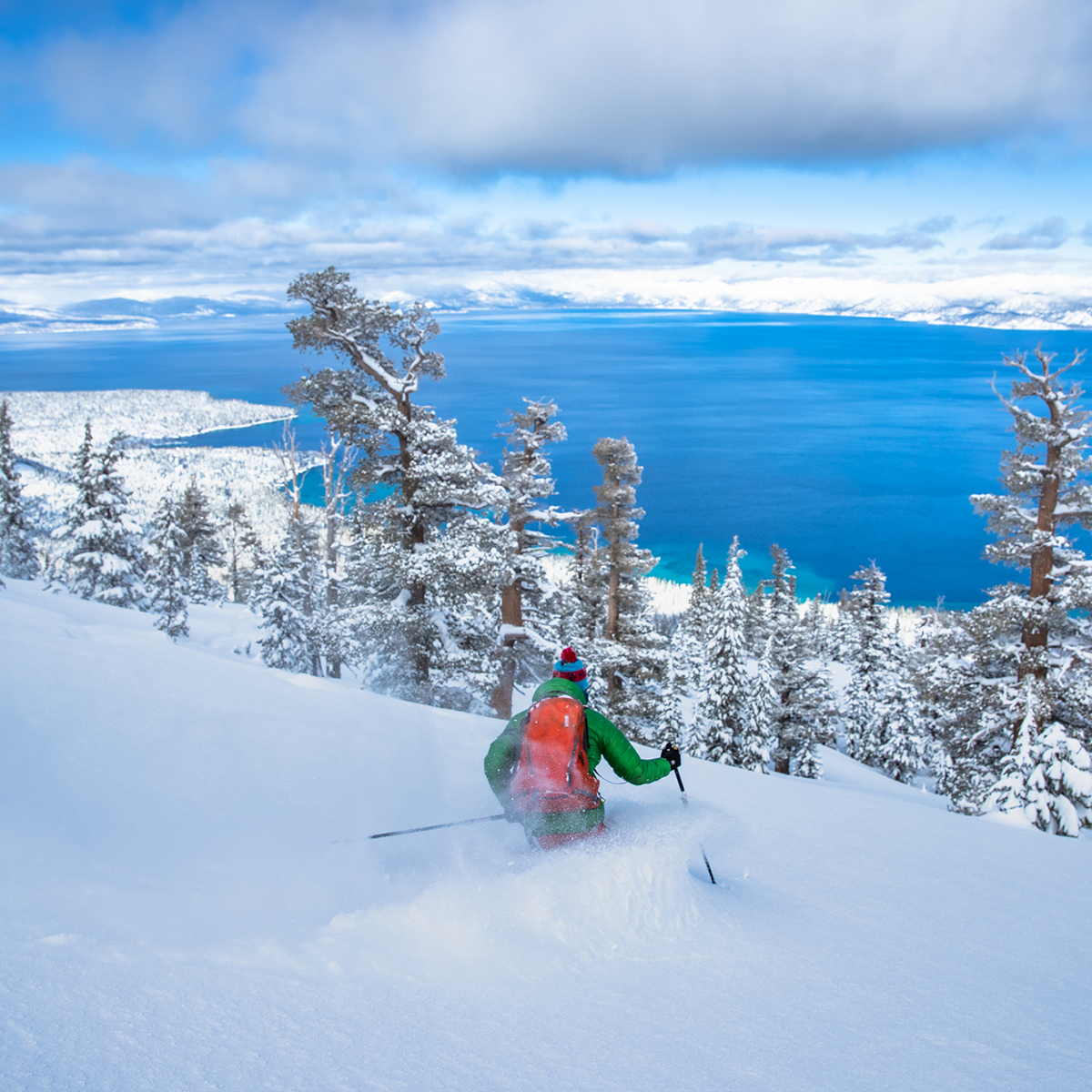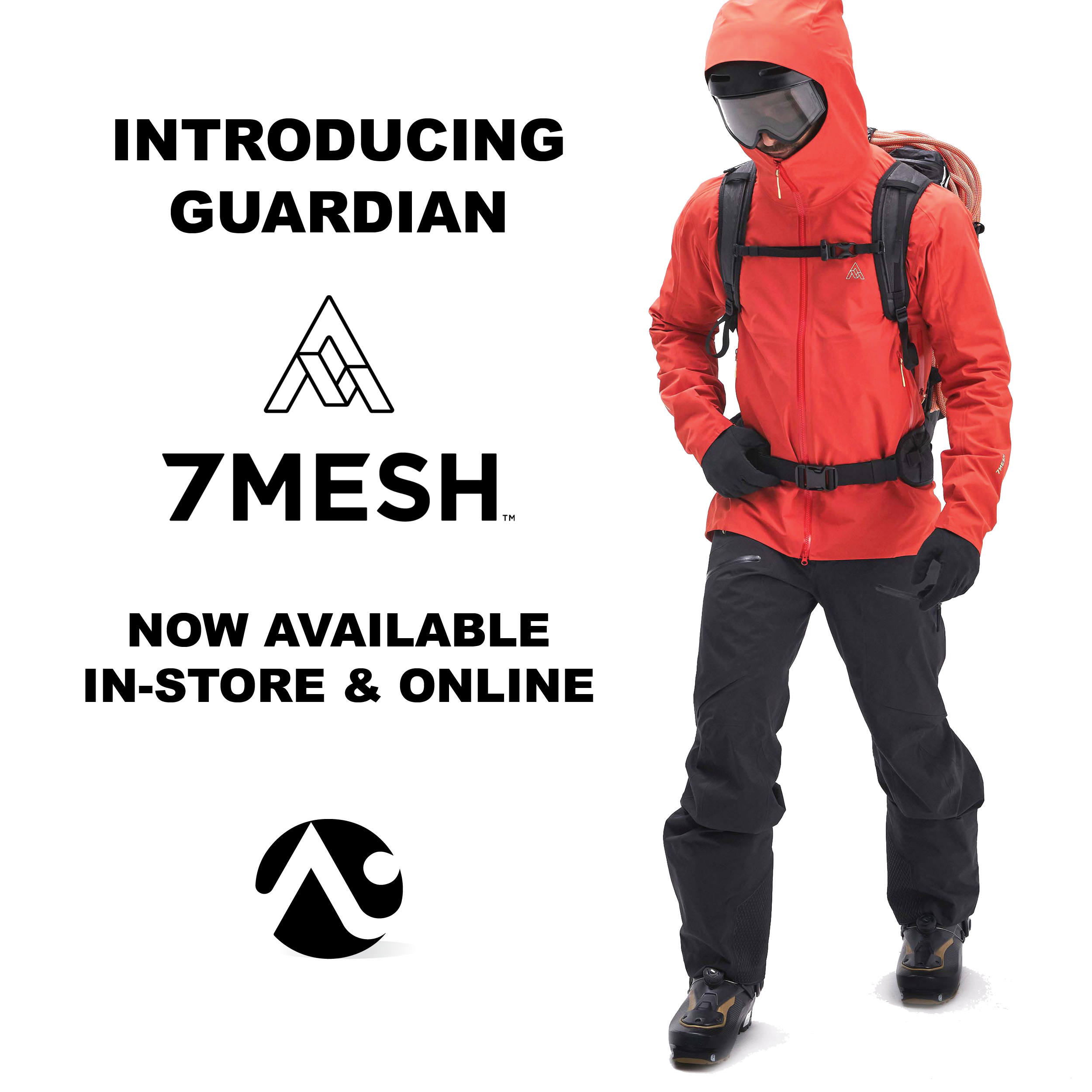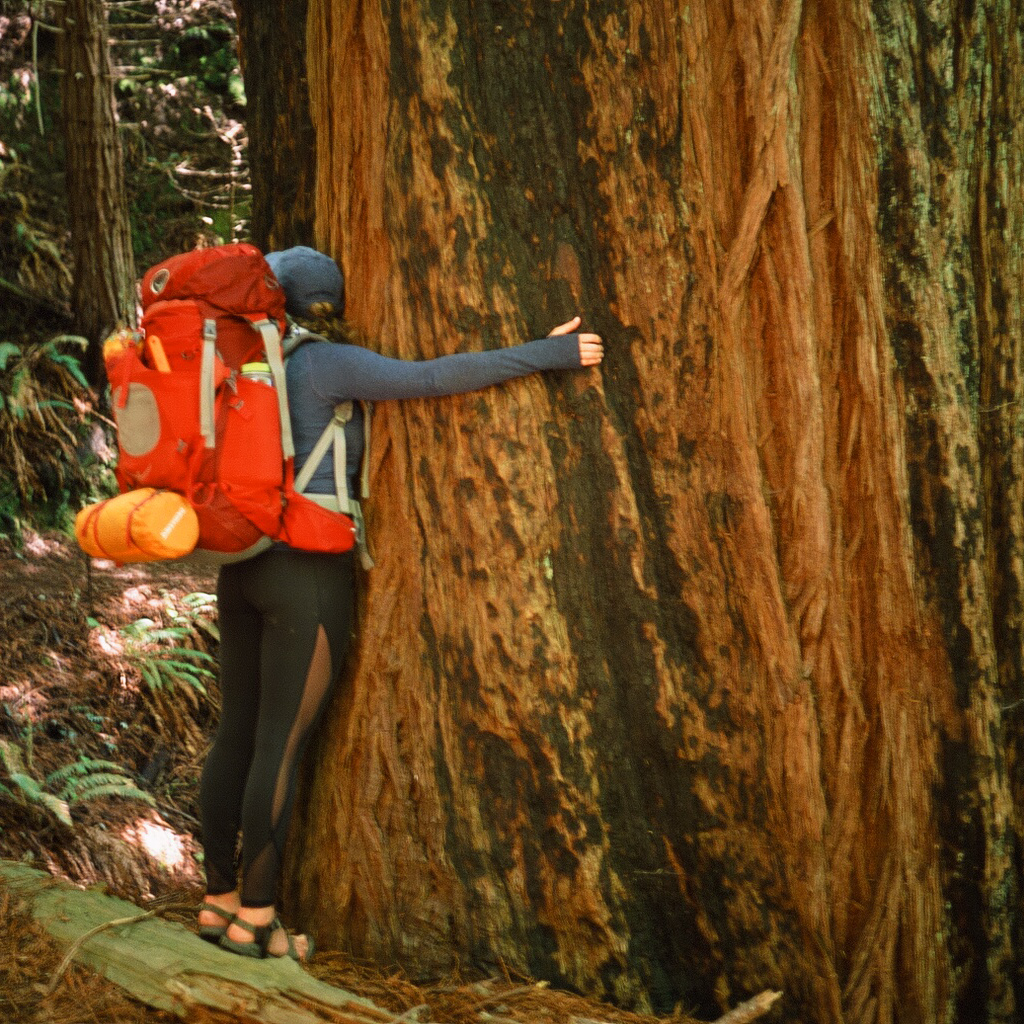Freestanding or Semi Freestanding?
Freestanding tents do exactly what their name suggests: they stand on their own. A freestanding tent can hold its shape on its own without needing to be staked out. A freestanding tent receives all the support it needs from the tent fabric and included tent poles.
The everyday camper might read the description of a freestanding tent and think, “That sounds like almost every tent I’ve ever used”. And, that would be true! The vast majority of tents are free standing UNTIL you wade into the waters of ultralight tents. There, you’ll meet your first semi free standing tents. Say hi!
What is Semi Freestanding?
Semi freestanding tents use tent poles to support the majority of the tent body, but require the use of stakes in order for the tent to reach its full size. That means that for a semi free standing tent, stakes are not optional. Without stakes your tent walls will sag excessively and your tent will not be a safe shelter to withstand the elements in (until it is properly staked, of course). The reason to endure staking as a necessity is that you’ll save a ton of weight. Semi free standing tents are ounces, and even up to pounds, lighter than a similar free standing tent.
Learn more about the difference between freestanding and semi freestanding tents.



















